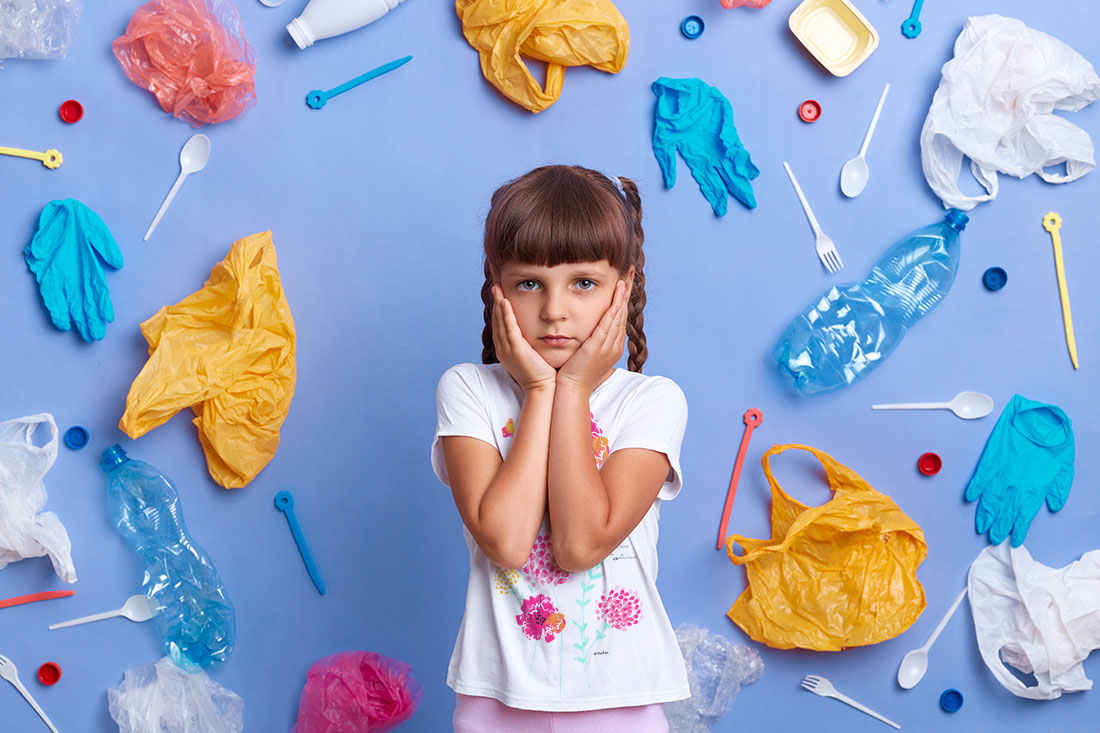
Most adults have no problem sorting waste. Unfortunately, this skill isn't as popular among children, and sometimes even teenagers. How can we encourage children to dispose of waste responsibly?
Contents:
- How Being a Role Model Teaches Kids to Sort Their Waste
- Is waste sorting important?
- What are the ways to teach children to sort waste?
- What do we throw into the yellow bin?
- What kind of garbage do we throw into the blue bin?
- What waste do we throw into the green bin?
- What do we throw into the black bin?
- Where to throw away organic waste
- How to teach children to sort waste through play
- What else can we do for the planet
- Endo Teddy Bear's Curiosities about Waste
A good example teaches values
The most important factor in shaping children's ecological attitudes is their parents. If there's a reckless approach to environmental protection at home, children will certainly not develop valuable habits . Therefore, it's important for parents to consciously demonstrate to their children from a young age that caring for nature is an integral part of life.
We can't control all climate change, but we can manage several solutions within our own home. Waste separation is one of them. Not only lead by example, but also educate your children about why certain solutions in your home are important .
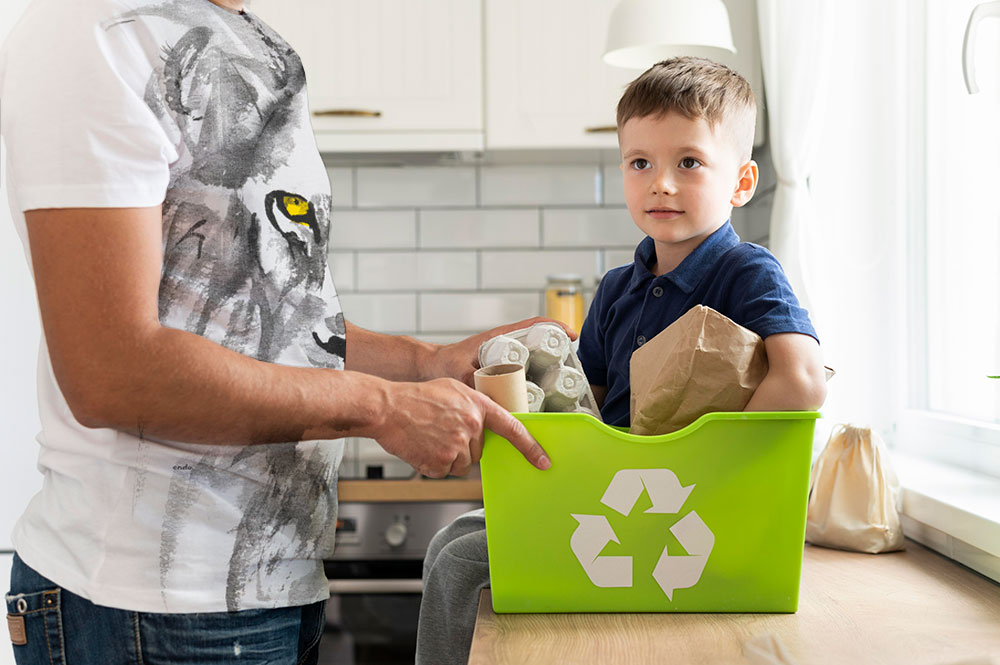
Why is waste sorting important?
It's worth explaining to children from the very beginning the benefits of sorting waste . A casual response, "We recycle because it's environmentally friendly," doesn't teach responsibility. It's a good idea to introduce children to the problem through thoughtful books like "Basia and the Garbage" or films like "Wall-E."
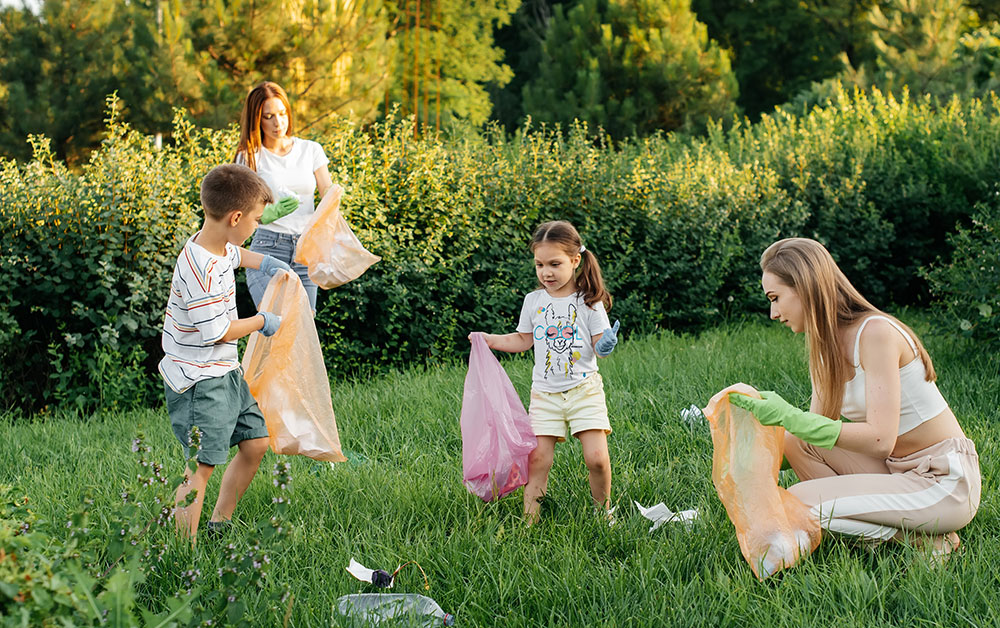
Let's explain to children that because people produce so much garbage, it pollutes the earth. Sorting waste and recycling it into new items helps reduce this pollution .
How to teach children to sort waste?
Now that the groundwork has been laid for teaching children to care for nature, it's worth helping them remember the basic rules of waste sorting . Color-coding waste bins will be helpful.
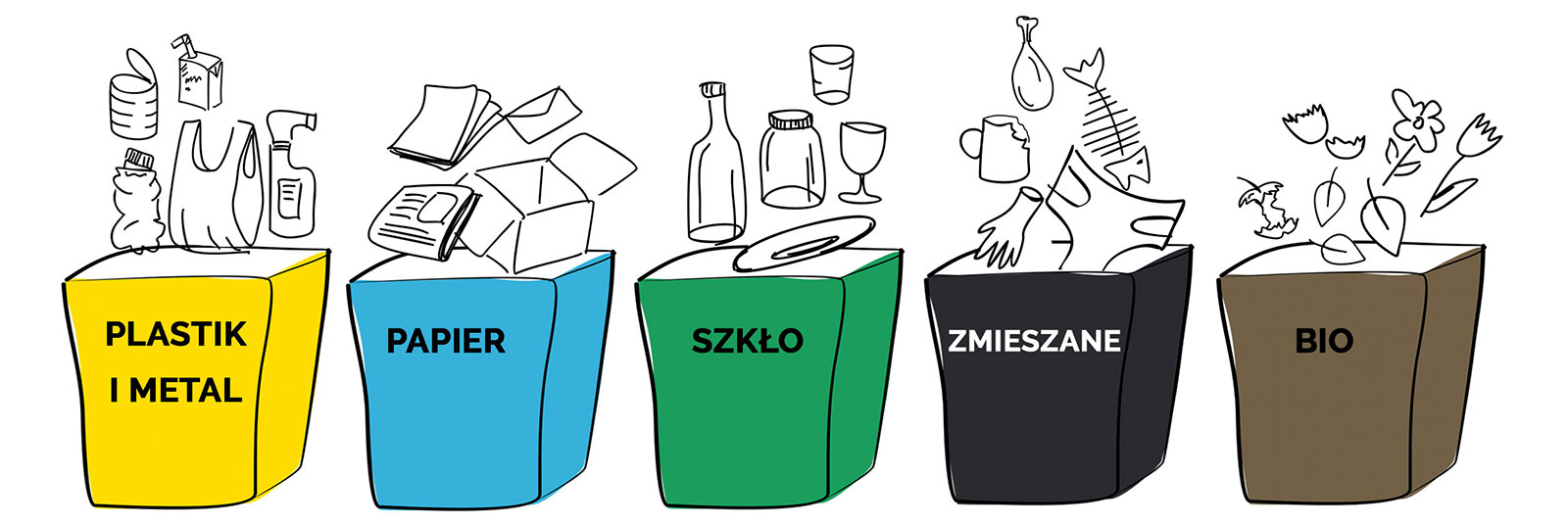
Garbage bin colors:
- Yellow bin - plastic and synthetic materials
- Blue basket - paper
- Green basket - glass
- Black basket - mixed
- Brown basket - organic
For little ones, also stick boards near the bins with markings on what to throw away where , this will help them sort less intuitive waste such as milk cartons.
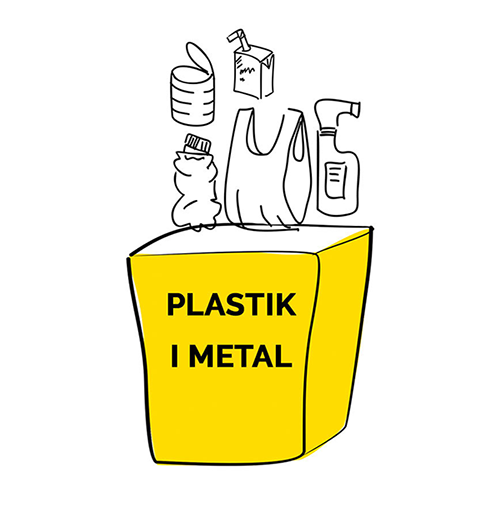
Waste segregation - Yellow bin - Plastic and metal
We throw in:
- plastic bottles
- plastic bags and sacks
- milk and juice cartons
- food cans
- aluminum foil
- cosmetics and cleaning product packaging
- jar lids
- styrofoam
- small scrap
We do not post:
- medicine packaging
- paint and varnish packaging
- plastic toys
- used household appliances
- batteries, accumulators
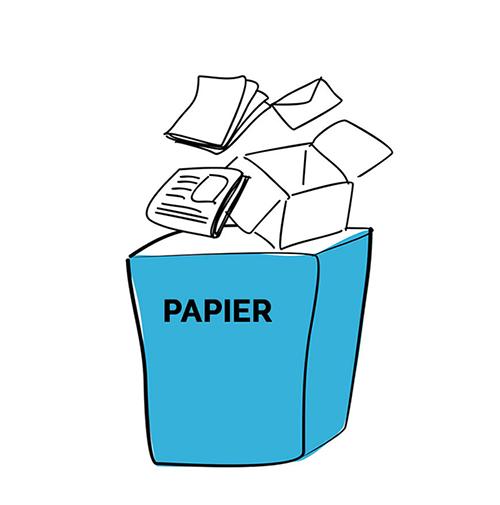
Waste segregation - Blue bin - Paper
We throw in:
- cardboard
- paper packaging
- newspapers, leaflets, notebooks
- office paper
We do not upload:
- hygienic waste
- contaminated paper
- tissues and paper towels
- foil-coated and varnished papers
- milk and juice cartons
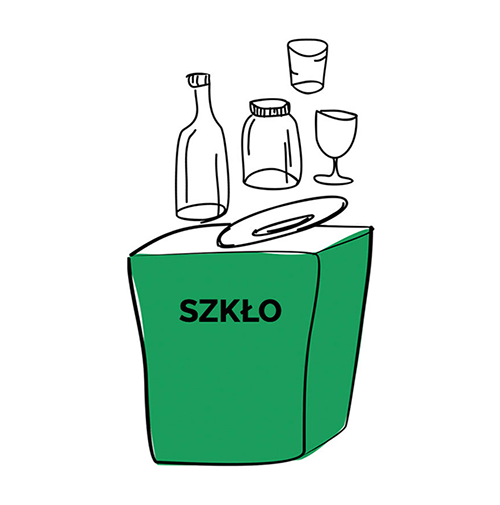
Waste segregation - Green bin - Glass
We throw in:
- bottles
- jars
- glass cosmetics packaging (if not permanently connected to other raw materials)
We do not post:
- flowerpots
- ceramics
- tempered glass
- candles with wax content
- fluorescent lamps, light bulbs, reflectors
- mirrors and windows
- engine oil packaging
- liquid drug packaging
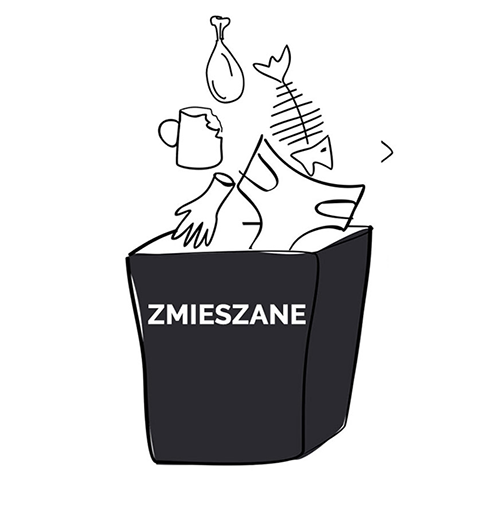
Waste segregation - Black bin - Mixed waste
We throw in:
- greasy paper
- used paper towels
- ceramics, porcelain, heat-resistant glass
- bones, bones, meat
- all other waste that cannot be thrown into other bins, excluding hazardous waste
We do not upload:
- expired medicines and chemicals
- household appliances
- batteries and accumulators
- used tires
- construction waste
- furniture
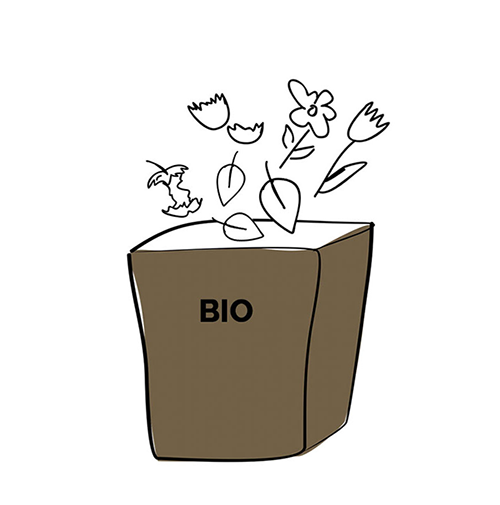
Waste segregation - Brown bin - Bio
We throw in:
- vegetable and fruit waste
- leftover food
- eggshells
- leaves, grass clippings, flowers, bark, sawdust
- coffee and tea grounds
We do not upload:
- bones
- animal excrement
- edible oil
- ash, earth, stones
- varnished wood
- chipboards and fiberboards
Learning to sort waste through play
Children love sorting - learning through play
Children love sorting things. This natural urge can be used to help them remember how to sort waste. Sit down with your child and empty the trash bin together, for example, under their desk.
Ask your child to group items made of similar materials into groups, and if they make a mistake, explain why a given item should be placed in a different pile.
After successful sorting, throw the garbage into the appropriate bins or bags .
Garbage sorting for children - folding packaging
The next activity for your little one is learning how to fold trash . Play as Wall-E the robot and try to reduce the volume of your waste as much as possible. Show your child how to fold beverage cartons and cardboard boxes, and how to crush plastic bottles.
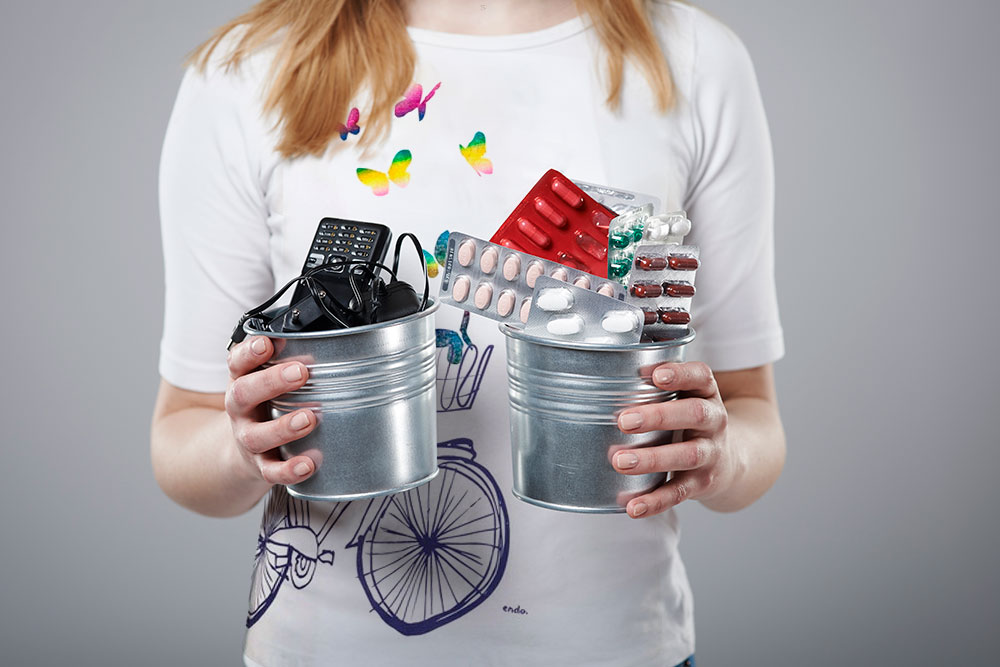
DIY containers for unusual waste
Teach your child that not all waste can be disposed of at home . Some waste, such as expired medications, electronic waste, or batteries, should be taken to special containers in stores or pharmacies. Since homes usually don't have containers for this type of waste, make your own. This will have the added benefit of making these containers from other waste, such as old jars, which is an additional environmental benefit.
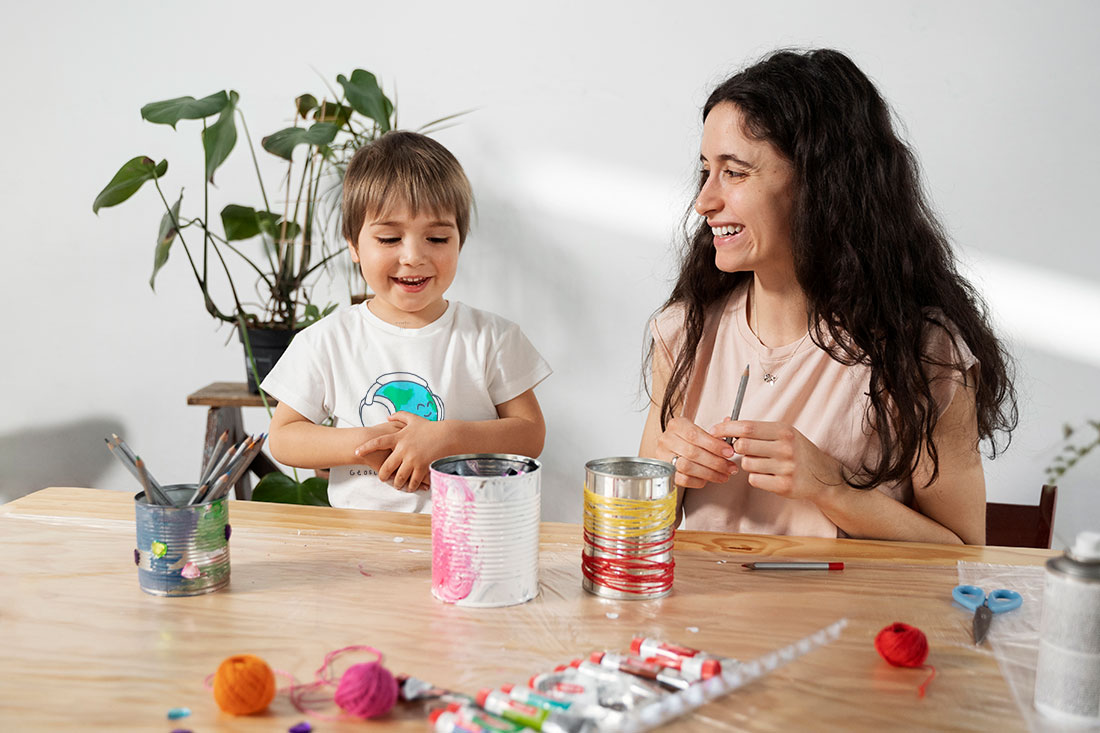
Is just sorting waste enough?
These days, simply sorting waste isn't enough. As a family, try to implement as many zero-waste behaviors as possible—actions that consciously reduce waste. Zero-waste changes you can implement to start with include:- Conscious shopping, e.g. not buying unnecessary things like bottled water if the tap water is safe to drink
- Reuse , e.g., giving clothes to younger siblings, turning worn-out clothes into cloths
- Recycling, i.e. sorting waste for further industrial processing or making new items from it yourself, e.g. DIY projects .
Waste sorting - interesting facts for children and parents
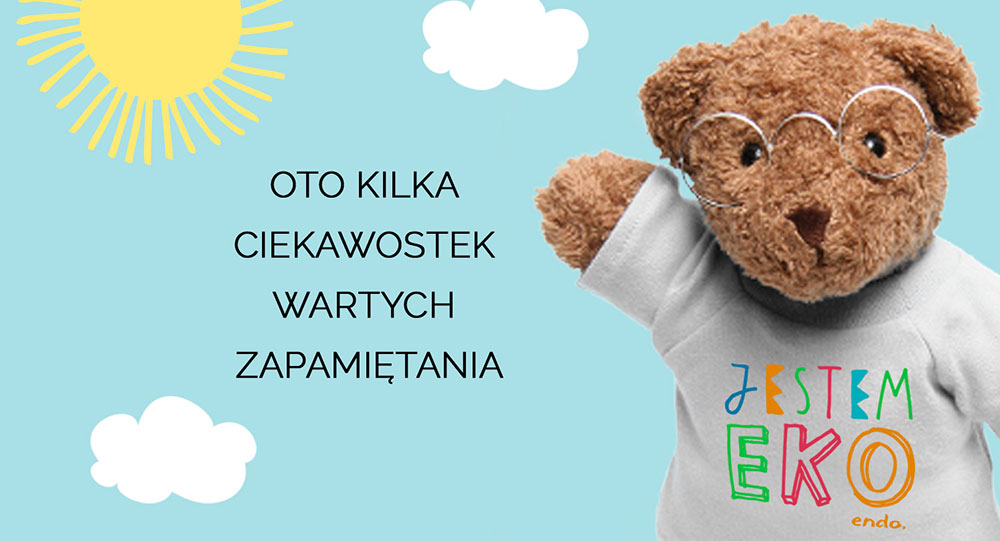
- A milk carton has enough energy to power a 40-watt light bulb for 1.5 hours.
- You throw away about 66 PET plastic bottles a year . Don't let them end up in landfills – recycle them.
- A plastic bag takes about 300 years to decompose. Always bring your own reusable bag when shopping .
- It takes about 17 trees to produce 1 ton of paper . These trees produce enough oxygen per year for 170 people . Save paper – don't print what you can read online.
- A single battery from a digital watch can contaminate up to 400 liters of water. Don't throw batteries in the trash. Take them to a collection point or place them in a special container at a store.
- A Styrofoam tray takes 500 years to decompose . If you're buying takeout, bring reusable packaging.
- A fleece sweatshirt can be made from 35 plastic bottles . Recycling saves raw materials (plastic is made from petroleum derivatives) and energy.
- Nearly 9 million tons of food are wasted in Poland each year. Only buy what you're sure to eat.
- A single plastic bottle takes about 500 years to decompose , and an aluminum can takes 200 to 400 years . Don't let them sit in a landfill – recycle them.
- Poland spends 16 million złoty annually on forest cleanup. Don't dump trash in the forest!
- Almost the entire car (80 - 95%) destined for scrapping is recyclable.
- Glass packaging can be recycled an infinite number of times. Reusing one glass bottle saves 1,100 watts of energy, which would be required to produce a new one. This is enough energy to watch TV for 5.5 hours or work on a computer for 22 hours .
- Aluminum cans can be recycled an infinite number of times. Recycling one ton of aluminum saves 4 tons of ore and 700 kilograms of crude oil .


Podziel się:
How to organize a spring picnic for children
How to organize a spring picnic for children